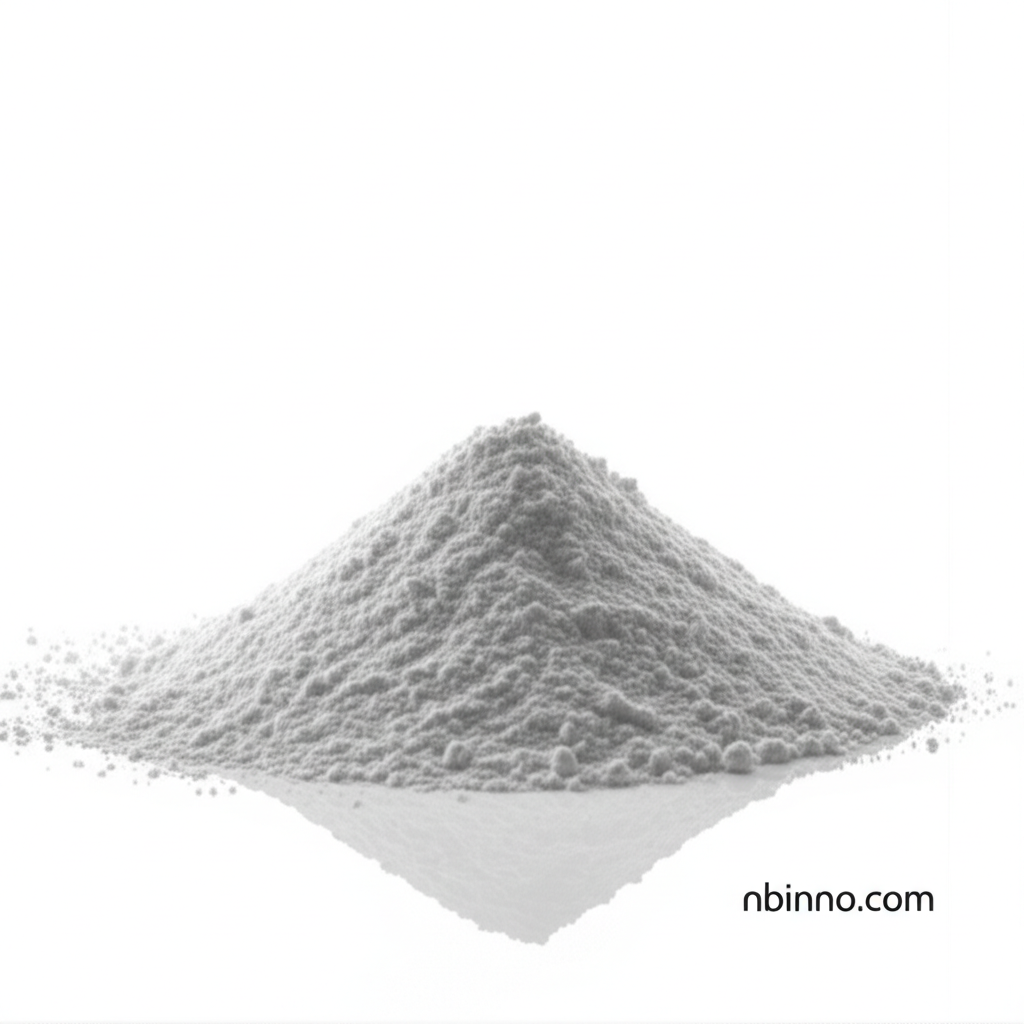4-Aminopyridine-2-carboxylic Acid: A Versatile Intermediate for Advanced Applications
Unlock innovation with a key building block for pharmaceuticals and electronic chemicals.
Get a Quote & SampleProduct Core Value

4-Aminopyridine-2-carboxylic Acid
This compound is a crucial intermediate extensively used in the development of pharmaceuticals, particularly those targeting neurological disorders. Its unique pyridine structure also makes it valuable in the electronic chemicals sector, especially for photoresist applications. Researchers and manufacturers rely on its consistent quality for diverse chemical synthesis needs.
- Explore advanced pharmaceutical intermediate CAS 100047-36-7 for novel drug development, aiding in the synthesis of compounds for neurological conditions.
- Leverage this chemical synthesis building block to create complex molecules and explore diverse fine chemical applications.
- Discover the utility of 4-aminopyridine-2-carboxylic acid applications in creating high-performance electronic chemicals, crucial for the photoresist industry.
- Understand the 4-aminopyridine-2-carboxylic acid synthesis pathways to ensure efficient and high-yield production for industrial use.
Key Advantages
Versatility in Synthesis
As a vital chemical synthesis building block, it supports the creation of a wide array of complex molecules used in various industries.
Pharmaceutical Relevance
Its role in pharmaceutical intermediate CAS 100047-36-7 development, especially for neurodegenerative diseases, highlights its therapeutic potential.
Electronic Application Value
Contributes significantly to the electronic chemicals sector, particularly in the formulation and performance of photoresist materials.
Key Applications
Pharmaceutical Development
This compound serves as a key intermediate in the synthesis of various pharmaceuticals, particularly those targeting neurological disorders, enhancing drug efficacy and exploring new treatment avenues for conditions like multiple sclerosis.
Electronic Chemicals & Photoresists
Its unique chemical properties make it essential in the electronic chemicals sector, acting as a critical component in the formulation of advanced photoresist materials used in semiconductor manufacturing and microelectronics.
Neuroscience Research
Used in studies related to neuronal signaling and synaptic transmission, helping researchers understand mechanisms of action in the central nervous system, contributing to advancements in understanding brain function.
Fine Chemical Synthesis
Acts as a versatile building block for synthesizing a broad spectrum of fine chemicals and specialty compounds used across different industrial applications, from material science to agricultural chemicals.
